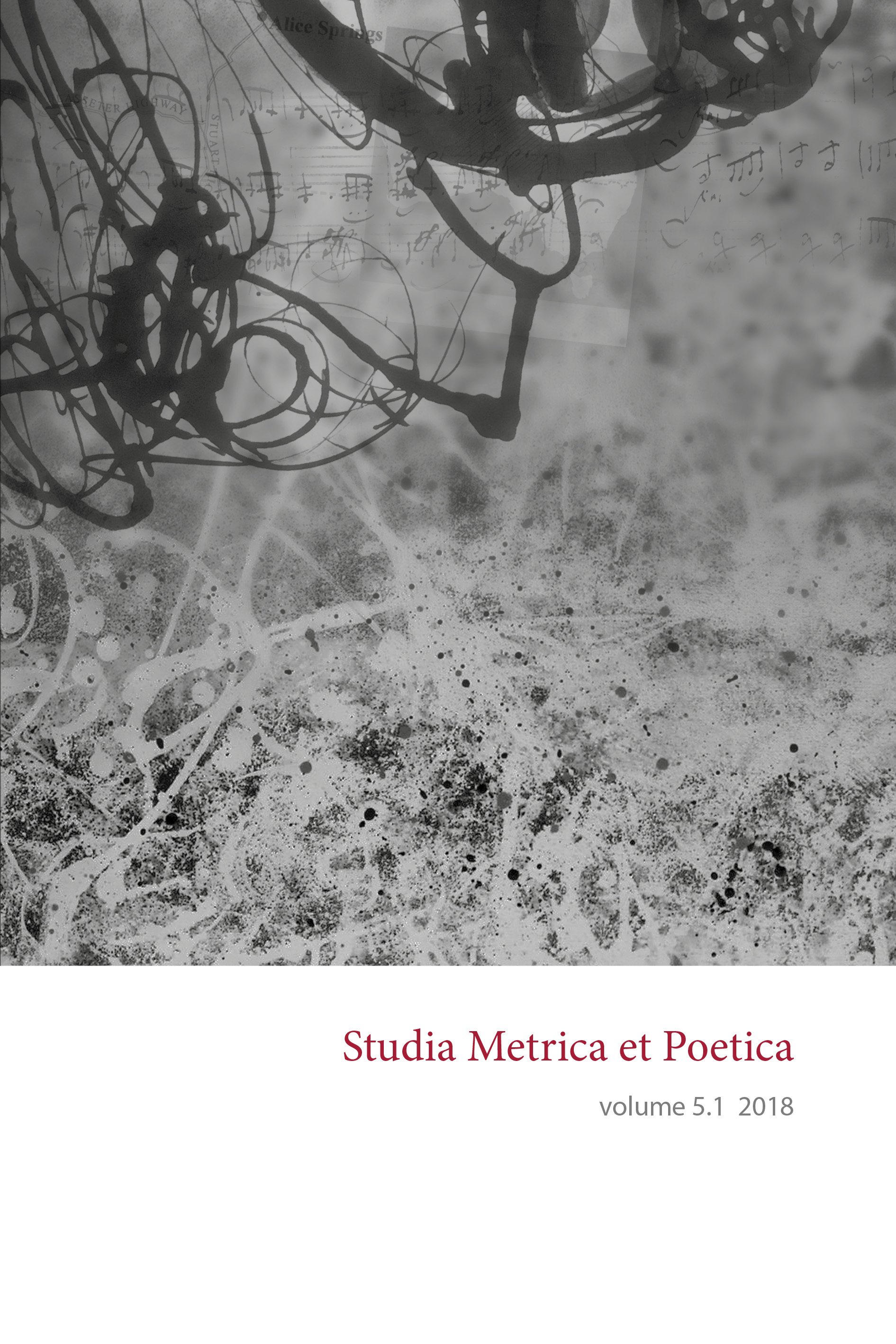Rapikwenty: ‘A loner in the ashes’ and other songs for sleeping
DOI:
https://doi.org/10.12697/smp.2018.5.1.03Keywords:
lullaby, oral literature, Anmatyerr, song-story, Australian Aboriginal songAbstract
Rapikwenty is a traditional Australian Indigenous set of stories-and-songs from the Utopia region of Central Australia performed by Anmatyerr speaking adults to lull children to sleep. The main protagonist is a boy who is left to play alone in the ashes. Like many lullabies, Rapikwenty is characterised by scary themes, soft dynamics, a limited pitch range and repetition. The story-and-song form is not common in the Australian literature on lullabies, yet such combinations of prose and verse are found in other forms of verbal art of the region (Green 2014). This verbal art style is also well-attested in other oral traditions of the world (Harris & Reichl, 1997). Rapikwenty resembles other Anmatyerr genres in its song structure; yet differs in its performance style. Echoing Trainor et al. (1999: 532), we find it is the “soothing, smooth, and airy” delivery, rather than any formal properties of the genre, that achieves the lulling effect. In addition, Rapikwenty uses the recitative style known as arnwerirrem ‘humming’. The voice thus moves seamlessly between spoken story and sung verse, creating a smooth delivery throughout. We suggest that the combination of prose and verse reflects an Anmatyerr concept of song as prototypically punctuating events in a story rather than a medium for story-telling itself. This article suggests a more nuanced approach to the relationship between genre and performance styles.
NOTE. The pdf version of this paper contains sound files, which may not work if you open the pdf in the browser. If this is the case, please download the pdf and open it from your computer.


